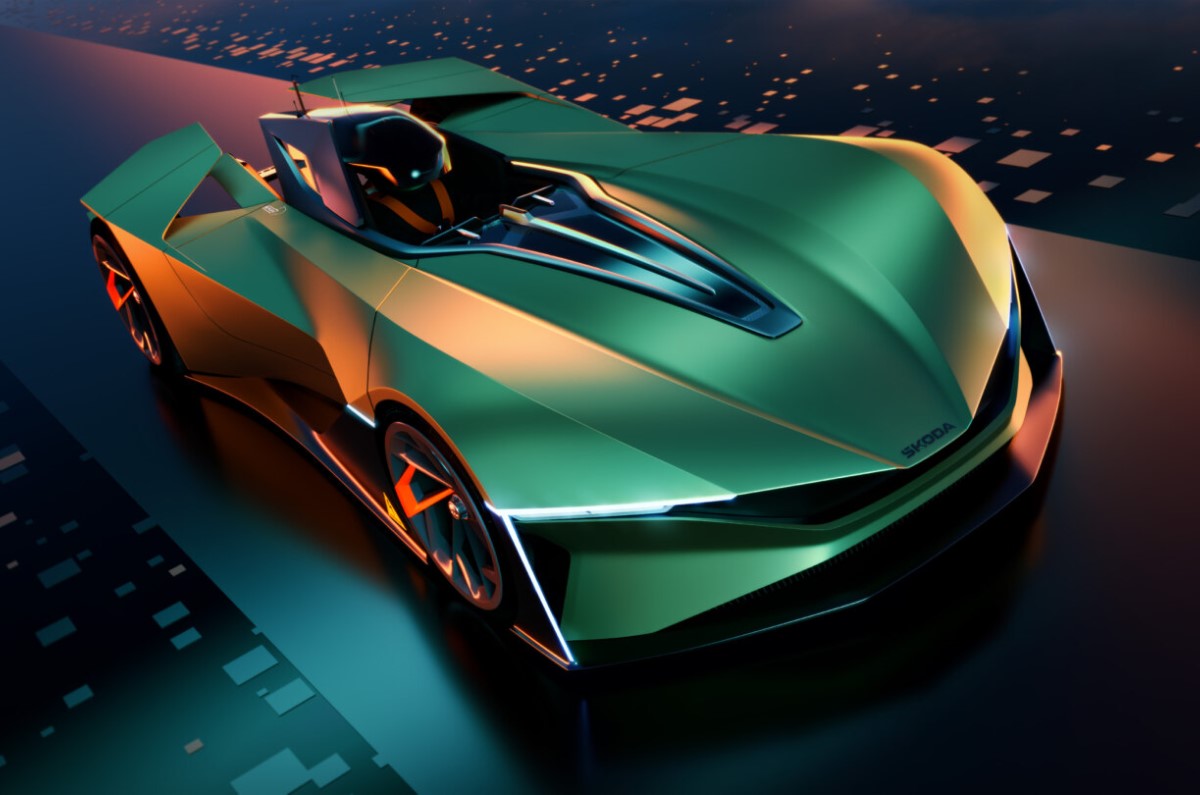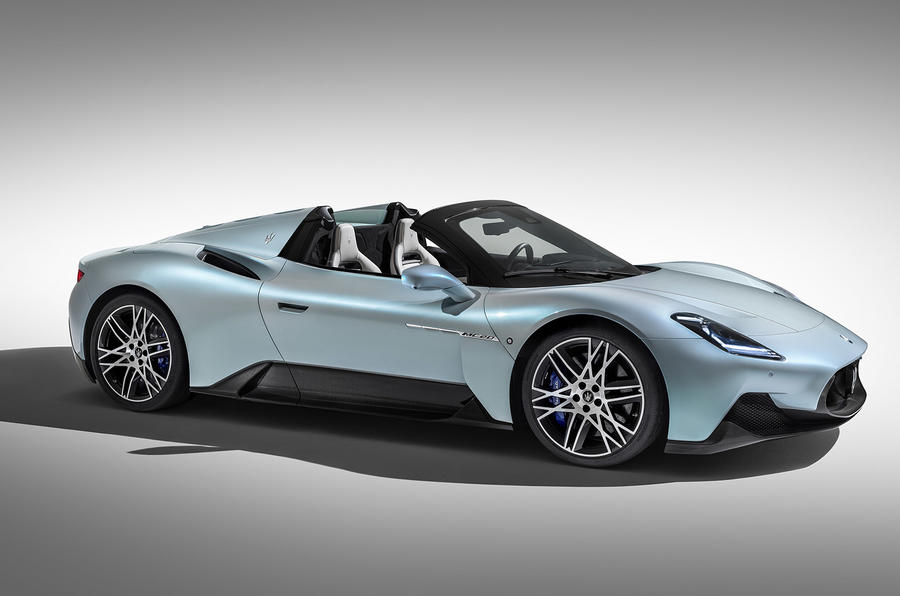The Huracan’s V10 engine will not make it to its successor, which is due this year.
Lamborghini Huracan’s replacement is all set to see a global debut in the coming months. It will serve as the final entrant into the Italian brand’s all-electrified model line-up, representing the most radical reinvention of its junior supercar since the Gallardo arrived in 2003.
- Huracan's replacement to get V8 plug-in hybrid powertrain
- Design to be inspired by Revuelto
- To be built on the same production line as the Revuelto
No V10 for Huracan replacement
Due in most international markets by the end of 2024, Lamborghini’s next entry-level supercar will make the switch from its trademark naturally aspirated V10 engine to a plug-in hybrid powertrain based around a new V8 that has been engineered in-house, rather than taken wholesale from sibling firm Audi.
Visually, the new car will be clearly related to the flagship V12 PHEV Revuelto supercar launched earlier this year. It will have a dramatic silhouette that adheres to the head of design Mitja Borkert’s ‘spaceship’ ethos, as well as a raft of cues that have become Lamborghini hallmarks, including a gaping hexagonal exhaust, Y-shaped LED light designs and prominent air channels throughout the body to boost downforce.
The basic principles of the ‘monofuselage’ carbon-fibre monocoque introduced with the Revuelto are also expected to be carried over. However, the abundance of expensive composites used in the flagship supercar’s structure is unlikely to be shared by the junior model.
Instead, it’s set to use cheaper aluminium where possible without incurring a major penalty to rigidity, in line with its more entry-level billing. The rear subframe is already aluminium on the Revuelto, but the front end could follow suit on the junior supercar, for instance.
This philosophy of reserving exotic materials for key structural elements would match that used for the Huracán and the closely related Audi R8. They featured a carbon-fibre ‘backbone’ – the central tunnel and rear bulkhead – but used mostly aluminium elsewhere.
The platform will also be shortened to visually distinguish the new car from the Revuelto. For reference, the new flagship supercar is 4,947mm long. That’s significantly longer than the run-out-edition Huracán Tecnica, which is 4,567mm. The move to the monofuselage chassis also enables the electrification of the Huracan successor.
It will be Lamborghini’s third PHEV, following the Revuelto and the revamped, 2024 edition of the Urus SUV, which will combine its V8 with a battery and an electric motor.
Lamborghini hasn’t yet said whether the junior supercar’s V8 is related to the Urus’ 4.0-litre twin-turbo arrangement. However, given the need to cultivate a highly distinct character and offer a markedly different driving experience, it’s likely that the Huracan successor’s petrol engine will be a highly bespoke proposition, irrespective of its fundamental specification.
However, it remains to be seen whether the Huracan’s successor will also feature two motors on the front axle, plus a third integrated in the gearbox, as in the 1015hp Revuelto. It’s also unclear whether Lamborghini still plans to offer rear- and four-wheel-drive variants.
The motors will be fed by a small, lightweight battery – possibly the same 3.8kWh pack used by the Revuelto – situated in the same central spine of the chassis and giving an electric-only range of fewer than 16 kilometres.
Lamborghini will build the Huracan successor on the same production line as the Revuelto. It will be the first time that the brand has built both of its supercars in series, on the same line – facilitated, no doubt, by the sharing of major architectural and electrical components.
Also see:
Lamborghini Revuelto launched at Rs 8.89 crore
Supercar sales in India should be 10x current figure in 5-6 years: Lamborghini India head

 3 months ago
33
3 months ago
33








 English (US)
English (US)